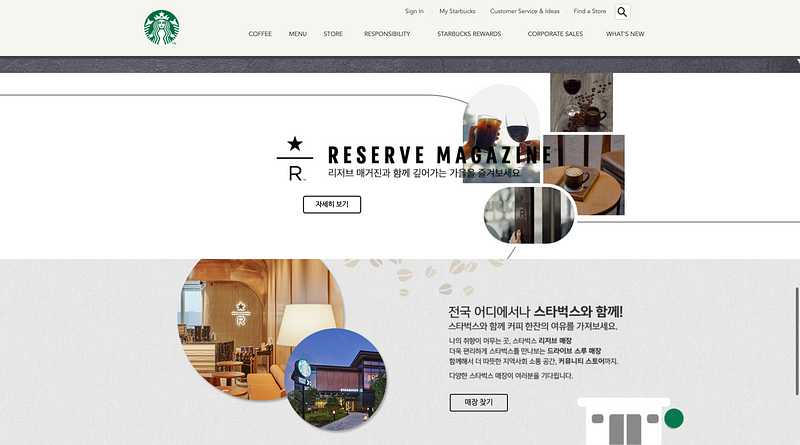Understanding the Unique Aesthetic of Asian Websites
Written on
Chapter 1: Cultural Foundations of Web Design
Asian internet design often presents a stark contrast to Western aesthetics, as seen in the comparison of popular search engines. Here’s a look at two notable examples:

This is Goo, a prominent search engine in Japan.

And here’s Google, the search engine that dominates in many other countries. The visual presentation of these sites varies significantly. One may appear more streamlined, while the other could seem overcrowded with content and vibrant colors. However, this is merely a glimpse into a single website from one nation. A broader survey of Asian sites reveals a similar design ethos, albeit in various languages.
“Why do these sites appear cluttered on purpose?” The answer is not straightforward, but cultural influences play a pivotal role.
Cultural Influence
Stereotypes suggest that Asians excel in mathematics and are perpetually studious. In reality, many grow up in environments rich in information. Take a look at the bustling streets of Tokyo:

Hakusan Street, Tokyo. Photo by u/japanonreddit on Reddit.
And here’s a vibrant scene from Bangkok:

Chinatown, Bangkok from Unsplash.
In contrast, here’s a quieter street from Paris:

Rue Saint-Lazare, Paris, France. Photo by Shrihari Prakasam.
While lively streets can be found globally, the balance between quiet and busy areas may differ notably in Western countries. In Asia, people are accustomed to densely populated environments, allowing them to process substantial information simultaneously. Conversely, Westerners often focus on singular aspects, indicating a fundamental difference in cognitive processing.
This divergence extends to the arts as well. Consider this traditional Chinese painting:

The Studio of True Appreciation (Zhen Shang Zhai) — Wen Zhengming from Google Arts & Culture.
Now, compare it with a well-known Dutch artwork:

Girl with a Pearl Earring by Johannes Vermeer from Wikipedia.
This distinction highlights how Western artworks often center on individual subjects, while Asian art tends to capture entire scenes. This reflects the broader analytical versus holistic thinking styles.
Analytical thinkers dissect problems into smaller components, focusing on minute details, while holistic thinkers appreciate the interconnectedness of elements. For instance, someone hearing "living room" might visualize a collection of furniture, while another might envision a space for social interaction.
This capacity to perceive relationships enables users to navigate complex, information-rich websites effectively.
Language and Design
Languages consist of letters and glyphs, where letters represent sounds and glyphs embody their visual forms. For example, the English alphabet comprises 26 letters, yielding numerous glyphs in different fonts. In contrast, the Japanese writing system encompasses over 50,000 glyphs, with thousands in common use today.
Korean boasts an estimated 10,000-12,000 glyphs, while Thai features around 700-800. Crafting new fonts for these languages demands significant resources and can lead to slower website loading times, limiting font design choices.
For example, consider Starbucks’ global website:

Every piece of text here is easily selectable and copyable.
Now, let’s compare it to the South Korean version:

At first glance, it appears similar, but interaction reveals that much of the text is non-selectable. This highlights why websites in languages with complex scripts often utilize image-based text—merging text into visuals can enhance aesthetics while accommodating complex languages.
The Role of Technology
Japan has been a pioneer in mobile technology, particularly with the popularity of feature phones in the late 1990s and early 2000s. These devices, while not as sophisticated as today’s smartphones, were frequently used for internet browsing. Users became accustomed to zooming and swiping to access information.
Once certain design patterns were established, they became ingrained due to their effectiveness and the inertia of existing practices. Altering these patterns requires substantial effort and may not always be deemed necessary if the current designs fulfill user needs.
In conclusion, do Asian websites seem odd? The answer varies based on your cultural background. However, labeling them as inferior or outdated is unjust. Design choices should not be judged without understanding the target audience, as what may seem cluttered to one could resonate deeply with another.
Explore the quirky design trends in Japan's internet landscape.